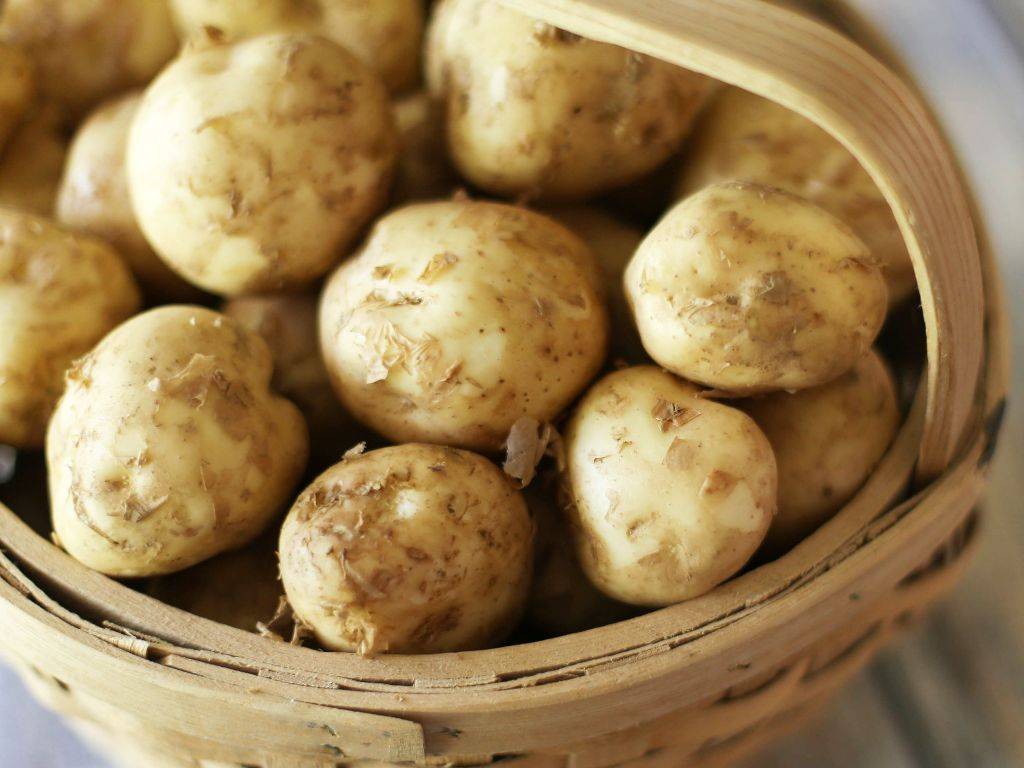
Potatoes are fairly inexpensive, easy to grow and filled with a range of nutrients. The value of potato as a nutritional and gastronomic ingredient varies across regions and continues to evolve.
Potato continues to be a critical agricultural crop in Europe particularly in Northern and Eastern Europe, where the production per capita is still world's highest and now the fastest production growth over the past few decades has taken place in Southern and Eastern Asia.
Facts and Benefits of Potatoes
Here are some hidden facts, which we all should know about it;
It contains Antioxidants: Potatoes are abundant in flavonoids, carotenoids and phenolic acid compounds.
These compounds act as antioxidants by neutralization of potentially hazardous molecules known as free radicals in the body. When free radicals accumulate, chronic illnesses such as hearts, diabetes and cancer may be enhanced.
For instance, a test tube study showed that antioxidants in potatoes can stop liver and colon cancer cells from developing.
Studies also suggest that coloured potatoes such as purple pats can be antioxidant three to four times. This allows them to neutralize free radicals more efficiently.
It has a whole bunch of nutrients: Potato is an excellent source of certain nutrients and vitamins. One medium-sized potato, including the skin (6.1 oz. or 173 grams) accounts for:
Fat: 0.2 grams calories: 161
Protein: 4.3 g.
Carbohydrates: 36.6 g
3.8 grams of fiber:
28% of RDI is vitamin C
Vitamin B6: 27% of the RDI
Potassium: the RDI is 26%
19 percent RDI Manganese
12 percent RDI Magnesium
Phosphorus: 12% of the RDI
12% of the RDI, Niacin
Folate: 12% of the RDI
Depending on variety and preparation, the nutritional value of the potatoes varies. Frying potatoes, for example, adds more calories and fat than frying them.
There is also a considerable number of vitamins and minerals in the skin of the potatoes. Peeling will decrease the nutritional content substantially.

It is Gluten free: One of the world's most common diets is the gluten-free diet. It is a class of proteins present in seeds such as spelt, wheat, barley and rye that removes gluten.
The majority of individuals have no adverse gluten effects.
People with celiac disease or non-celiac gluten intolerance can however be severely discomforted by eating gluten-containing foods. Heavy stomach pain, diarrhoea, constipation, bloating and rashes of the skin are just some of the signs.
One should consider adding potatoes to the diet if they adopt a gluten-free diet. They are gluten-free actually, which means that they do not induce uneasy effects.
While potatoes do not contain gluten, many common potatoes dishes do contain gluten. Some gluten-containing potatoes examples contain some au gratin dishes and potato bread.
Please read the complete list of ingredients before eating a potato dish whether you have a celliac disease or a non-celiac gluten allergy.
It can improve Digestive health: Resistant starch can also promote digestive health in potatoes.
If resistant starch enters the large intestines, that is the food for beneficial intestinal bacteria. These bacteria absorb it and convert it into fatty acids in short chains.
Potato resistant starch is often converted into fatty acid butyrate – the preferred form of food for intestinal bacteria.
Studies have shown that butyrate can minimize colon inflammation, improve the protection of the colon and reduce the risk of colorectal cancer.
In addition, butyrate can benefit people with inflammatory bowel conditions such as Crohn's disease, colitis ulcerative and diverticulitis.
That said, butyrate is mainly used in test tube or animal experiments. There is a need for more humane study before making recommendations.
It may help in marinating blood sugar: There is a special form of starch called resistant starch in potatoes.
The starch is not completely consumed and broken down by the liver. Rather it enters the broad bowel where the healthy bacteria in your stomach are a store of nutrients.
Research has related resistant starch to many health benefits, which in turn increases blood sugar regulation, including a reduction in insulin resistance.
Resistant starch consumed by mice showed a decreased insulin tolerance in an animal sample. This results in their bodies extracting extra sugar from the blood becoming more effective.
A survey showed that people with type 2 diabetes consume a diet with stubborn starch best eliminated extra sugar from their blood after a meal.
















